Gava: Love, Affection … and Money!
(Autor: Jens M. Zickgraf)
According to the Marxian paradox, money is a social relation but may simultaneously act as a veil for such relations. Many social scientists have thus lamented the impersonal nature of money and its socially disruptive effects. However, one of the most important lessons I learned during fieldwork among Badagas in the South Indian Nilgiri hills is how frequently and consciously money may be used and institutionalized with the sole purpose of making social relations explicit. Even money and love need not – cannot! – be kept apart. The following is a brief excerpt:
—
(1) Gava
There is no native word for love among Badagas except the term ‘gava’. The latter is commonly translated as a person’s or even an entire community’s ‘love and affection’. Yet, gava has little to do with love in the English or European sense:
“Gava is not ʻloveʼ, it can’t be mixed with other words, it is like gold” (B.J. Murogan, advocate, Kotagiri, 2010).
Most important, gava does not refer to the kind of romantic and erotic love between individuals we are used to. Rather it reflects both the value of alliance and an emotional state of being part of a larger group. Gava thus involves not only affection but also certain aspects of duty, responsibility and care that refer to a larger social structure. Moreover, while gava it is indeed a strong personal emotion, it is also something that can and should be shown and witnessed in society. It is in many respects a performative practice, too.
[I thank my friend B.J. Murogan from Kotagiri (see the quotes in this artcile), who first pointed out to me the relevance of the concept and proved much patience in explaining the matter – i.e. one of the many ways in which he showed his gava to me]
(2) Money is Gava!
What striked me in my research was that when I requested local informants (especially ladies) to give me a few ideas about what they think of money, one of the more frequent answers was that “money is gava” and, still more frequently the enlightened phrase that “no money prospers without relations.”
To be very clear at this point: Gava is certainly not the only thing Badagas would have to say about money! However, insofar as gava does in many ways inform and reflect a local concept of money in circulation it became one of the big themes of Rupees in the Dollar Zone. The flow of money cannot but represent relations between humans (and of course between the things, ideas, services or performances that humans possess, exchange, create, and value). Yet what exactly money represents also depends on how we conceive of such relations. Contrary to what seems more common in the West – even after ages of colonization, market-integration, modernization, globalization, global “dollars” and, well, monetization – for most Badagas (perhaps even for most Indians) it makes little sense to draw straight (moral) distinctions between the realms of monetary and non-monetary regimes of value nor between economic, social and emotional relations. As I would argue, this is why gava is an extraordinarily important aspect of local money (or monetary relations) and vice versa.
Feeding or sharing food is a good way to show one’s gava. Sharing money is another!
(3) All gava starts with (marital) alliances – and all alliance starts with payments!
(3.1) “Honnu kattu” (ceremony of paying a bride price)
The first formal arrangement in the course of a marriage is a ceremony called honnu kattu – the payment of bride wealth, i.e. the bride “price”. For that purpose family elders of both the groom’s and the bride’s side gather in the house of the bride. The potential groom is not present at this occasion. However, on this occasion, the bride will be officially asked whether she agrees to the marriage.
(I’m talking here about the practice of arranged marriage. While gava does indeed imply that the whole family must be involved in the decision for alliance, the bride’s consent is formally indispensable. From a libertarian point of view on ‘love’ there would be more to discuss about arranged marriages in India and the fate of girls as a “social currency” in this practice, but it certainly does not generally hold true that girls don’t have a say and that parents are caring less about the wants of their daughters than about about those of their sons. Many aspects need to be considered for a suitable alliance. There are considerations of status, power and wealth, and there is caste-endogmay among Badagas and reciprocity between generations of affine families and clans (i.e. the ideal of cross-cousin mariage). In India love is not merely a question of individual taste and choice. However, if only judged from my personal impression, most famliy elders take the wish of their children – boys as well as girls – quite serious. What adds some ease in the case of most Badaga families are education, comparative wealth and a fair degree of cosmopolitanism; likewise the fact that dowry is not a key issue when it comes to marital alliances and that even on traditional terms divorce and re-marriage were never too uncommon)
Three times the bride must confirm. Only then (now compare the pictures below) an elder of the groom’s lineage can pay the symbolic amount of (usually) 201 Rupees to a representative of the bride’s patrilineal family. Today the sum of (just) 201 Rupees is merely of symbolic value. However, the payment itself is the formal act which confirms the arrangement of a marriage. Through “honnu kattu” the bride becomes – though still somewhat in a liminal state – a member of the groom’s village.
Immediately a small fraction of the money is wrapped in a white piece of cloth and returned to the initial giver. This latter gesture is a symbol for the mutual respect, caretaking and economic responsibility which evolves from the moment of marriage and through the gava which grows and spreads from such alliance.
After the ceremonial payment, the mother of the bride (in the pictures: the lady in blue) takes the money (it is in the cup which she holds in her hands) and shows it to her husband. Next, a boy from the groom’s family is asked to come in front and to bow down before the family of the bride. As a young boy he performs this respectful gesture on behalf of the groom (who is never present during this kind of ceremony) and his entire family and patrilineage. The mother of the bride takes the money, which was given as a bride price, to the puja-shrine of her house. There she puts it under the divige – the sacred lamp which burns in every house and represents its innermost core. After that all guests are served with food (another important way of expressing gava) and some of the elders (gents and ladies) will start discussing the particularities and the organization of the wedding.
(3.2) Marriage
The actual wedding takes place a couple of weeks or months later. This, too, requires a series of monetary transactions. The most important are “guru kanikai”, “sinna dhana”, and “moi”.
Guru kanikai:
Shortly before the wedding ceremony, the couple (more precisely the house of the groom as the future hime of the couple) must offer a small amount of money (1,25 or 10,25 Rupees) to each of its gurus (“uncles”, i.e. male elders from both sides of the alliance). The money is put on a betel-leaf. The couple bows down, receives blessings and one by one the gurus pick up the money. This transaction is meant as a sign of respect towards elder family members. Picking up the money, these elders in turn signalize their final consent to marriage. This also means that the couple will – for the better or worse – be granted the full support of all family members: for example when it comes to emergencies, childcare, house-constructions, networks, education, credit and investments and, if necessary, also to settling of conflicts between the spouses, or between their parents, brothers, sisters etc..
Sinna dhana:
After the wedding ceremony and after the tali (golden string) has been tied, the couple is placed on a mat. An elder of the groom’s family drops a few coins (commonly 11 coins) into his lap. Likewise an elder of the girl’s family puts coins (commonly 9 coins) into the lap of the bride. In earlier times these were golden coins (fanams, which is an ancient and very small denomination) and that’s why it is still called sinna dhana (golden gift). An accountant also notes the amounts and in this way he opens the account book which also records all the other gifts that will subsequently be given by all the relatives and guests.
After this (but still as part of the ceremony of sinna dhana) the closest relatives take turns dropping money (now larger amounts varying between 100 and 1000 Rupees) into the lap of both the groom and the bride. Now, the groom takes the money which he received and puts it all into the lap of the bride. There she the mixes the money up (i.e. mixing up whatever was given from both sides of the alliance). Then she returns the money to the groom (now turned her husband) who wraps it in a white cloth and puts it away. From now on the bride and the groom will work and earn together. Both their families will offer mutual support in many respects and many situations while the alliance will beget children and future generations who may again marry among each other (cross-cousin marriage is a common ideal).
Sinna dhana may thus be seen as the initial seed of many future transactions and literally of all kind of prosperity that follows upon alliance.
Moi:
Later the giving of sinna dhana is followed by moi. More distant relatives, friends and all other guests of the wedding take turns congratulating the couple and leaving individual monetary gifts that vary between 10 to 1000 Rupees. These gifts, too, will be noted in the account book. As there are often several hundreds of guests, moi finally adds up to a considerable amount. Yet, whatever the couple once received as moi on the day of their wedding should later be returned to the giver (i.e. at other occasions like weddings, life-time rites and funerals; compare “telathi”).
(4) Gava spreads to the entire community
“The starting point of gava is between the husband and wife. And it leads to family – and that particular family they have a small group – from that small group it is spreading all over the community.” (B.J. Murogan 2010)
In some sense gava has always a beginning or a center but no definite end. It begins with the foundation of a house, with marriage and childbirth, the payment of a symbolic bride wealth in coins, the collective endowment of a patriline’s daughter with gold and subsequent moral and financial obligations among classificatory fathers and sons as well as towards the bride-takers. It continues, reinforces and spreads with repeated marriages between affine groups and across generations. It goes on with friendship, patronage and business relations and with the hospitality that should be offered to foreigners. And it grows with all the networks and relations an individual makes and hands down to subsequent generations.
(4.1) Telathi
Like in the case of a marriage, there are many occasions in the life of a Badaga which deserve the presence, the support and participation of large networks of kin and friends: child-birth and name-giving, puberty functions, house-constructions, sickness and hospitalization, funeral – i.e. all those life-time events where members should join either in joy or in sorrow. One crucial aspect of sharing in all these events is telathi – an institutionalized system of monetary support. All relations should show their gava both through their physical presence and a monetary contribution. The latter may be a small sum of 10 to 100 Rupees, but depending on the prevailing relations and the concrete situation it may also exceed this sum up to 500 or even 1000 Rupees.
All telathi which is given, will be kept in memory and should be reciprocated one day. Telathi is a substantial aspect of the entire community. It grows with what you give and with the relations you make. And when it returns, it may multiply and even cover all the expenses of a concrete event.
One of the most impressive events, not only with regard to telathi, are funeral ceremonies (I think I will post on this separately). Bereavements demand the immediate presence and both emotional and practical support of all who feel close to the decedent and his or her family and dependents. It is within minutes that a death notice spreads around the entire area and all social networks. As soon as the message is received, relatives and friends set out for visiting the decedent’s home, where the corpse is laid out in front of the entry. There is just one night between the moment of death and the funeral. Yet, within this short period of time hundreds if not thousands of guests may come to pay the last honor to the decedent while this inseparably includes the payment of telathi to his or her surviving dependents. Importantly, these events are not just moments of mourning and leave. What funerals really celebrate (at times quite exuberantly) is the life of the deceased, the relations it has created – and their continuation from one generation to the next – of which telathi is a major aspect.
Telathi is a reflection of an ethic of solidarity and cooperation that – in spite of many social and economic transformations and many everyday conflicts about money – continues to prevail among Badagas. All telathi is carefully recorded. Each payment is one string in a larger story that continues to be written. And each payment helps to internalize and recall the near and distant relations on which the story is built.
(If you want to see how gava restores houses after a landslide check this article.)
(4.2) Collective funds: taxes and donations
Tax collections, (temple-) donations and the maintenance of joint village-, temple- and family-funds are another very important aspect of gava. Here the connection of money and love involves the larger settlement structures of various Badaga communes. In fact this is a very complex topic since the numerous funds and treasuries reflect virtually all levels of territorial, political, social and ritual integration. Foundation mythology, the notion of first houses, first temples, main villages and associated hamlets, the existence of different phratries (or sub-casts) among Badagas, the norm of patrilocalty and its frequent violations, the structural separation of brothers and the practical intersections of various political and social units (from houses to village and territory as well as from family to lineage and clan) are essential to any deeper understanding (see Zickgraf 2018). Here, however, I shall only mention a few general aspects.
First, among Badaga-settlements each main-village and most of the hattis (hamlets associated with and subject to the political authority of a particular main village) keep one or even several funds. These funds are commonly associated with a local temple which often stands in straight connection with a first-founded house. Like a temple and like a first house a collective fund reflects a certain political or territorial unit and is managed by a council. The funds are used for many common goods including the maintenance of temples, the conduct of rituals and public feastings but also a great number of worldly purposes ranging from political gatherings to investments in village infrastructures, the repurchase of ancestral lands, and the foundation of community-based businesses up to the possibility of extending cheap credit to village-members in times of emergencies.
Second, although the maintenance and management of a fund can involve a number of internal conflicts and even fraud, a well-fed and well-functioning fund is almost generally equated with the strength, solidarity and prosperity of a local commune. This is highly relevant both for the insiders’ perception of internal relations and with regard to the question how a commune is perceived by outsiders – not only, but in particular by affines (i.e. potential bride-givers) and by superordinate villages and councils. In many respects, the prosperity of village funds and related flows of money are thus publicly staged and experienced.
Third, village funds are commonly fed both by “taxes” and by “donations”. Taxes are levied for various purposes but “only” from members (i.e. houses) of the particular commune who keeps the fund. Taxes are equal for each member and at least the regual taxes are commonly collected in the course of a house-to-house procession – often during one or several annual temple festivals. Typically donations, too, are made before or during festivals. Yet in contrast to taxes donations may be given by anyone (even Non-Badagas) who likes to express in this way some kind of “gava” in relation to the commune. Donations are crucial because they can help integrating distinct social units far beyond the patrilocal village. Married daughters, for example often donate for festivals or temple-constructions in their native villages. Likewise entire villages donate money for each other’s festivals or for example for new temple constructions or in emergencies. Local factory owners and politicans, too, are among the major donors. Donations can be given in one’s own name, anonymous, or in the name of someone else, in the name of a house or a village, a tea factory or any other local enterprise etc. There are thus many different ways of making donations and of expressing gava and particular relations. There is hardly any cap on the size of donations. Therefore huge donations are also a political instrument. Donors seek to increase their recognition, influence and reputation (i.e. by “showing” their gava). The latter is particularly relevant, where donations are made in kind – mostly with reference to public feastings and with regard to the question where exactly (i.e. in which neighborhood or hamlet) these feastings are held and how many visitors they can host and attract. These latter kinds of donations necessitate a high degree of advance planning and need to be authorized by the responsible village council or temple committee.
Fourth, there is a certain dialectics between taxes and donations as well as between competition and solidarity among villagers. As I said, taxes are equal and compulsory for each member. With regard to the collective funds they represent the core monetary circuit which is carefully staged in the course of a festival procession. The tax is levied under an idea that all villagers are equal members and that a commune should be able to bear all the necessary expenses for temples, rituals, processions and feastings. At the same time it is this tax-circuit and each of the houses and places that are visited by the festive processions which attracts multiple donations. The donations in turn reflect both the internal and the external relations of any given commune (i.e. of a village, a house, a neighborhood, a factory, a family, etc). Making donations can be a a pure act of devotion and generocity, but inevitably it also highlights the importance of particular individuals or sub-groups within the whole. Crucially, however, donations substitute in part for costs that would otherwise fall into the shared responsibility of the commune. It is thus predominatly the donations which make a particular fund accumulate and prosper over time. Moreover it is because of donations that festivals can be celebrated all the more flamboyant and that festivals become all the more visible to outsiders.
Fifth, and crucially, it is hardly ever easy to make money go round smoothly in and around the villages and during festivals. Villages and villagers are fractioned in many respects through kinship (in particular the separation of brothers), neighborhood, violations of the general rule of patrilocality, land disputes, political agitations, economic differentiation and the strive for individual profits in everyday businesses. Throughout the year internal conflicts are the norm rather than the exception and often conflicts are simmering for many decades. Yet in order to collect a tax and to attract a great number of donations, these conflicts need ideally to be settled. Indeed it happens that a festival cannot be celebrated and that a tax collection cannot be conducted because of prevalent conflicts. However, ist is in the interest of all village members to avoid such situations and to pacify all conflicts in advance and at least for the time being. Why? – because gava knits them together irrespective of internal factionism and personal conflicts; and because at any level of political or social intergration it is in the interest of all members to demonstrate and experience the unity and togetherness which gava implies and which makes prosperity for both: communities and funds.
(4.3) Spread to the financial landscape
Gava informs a widespread ideal of cooperation, mutual caring and solidarity and though this does by no means preclude competition, fraud or exploitation, it is nevertheless omnipresent in the ways in which these relations are framed rhetorically as well as in practice. In everyday life the association of money with gava includes thus much more: Neighbors, friends and business partners form financial self-help-groups, trusts or rotating or accumulating savings and credit associations. People who feel close provide each other with cheaper credit or even take on ruinous loans to help each other out of emergencies. In the highly dynamic and competitive sector of the local Bought-Leaf Tea Industry, too, much competition is carried out on behalf of interest-free advance payments that are given in a cooperative mode and in order to secure the loyalty of suppliers. Moreover, what makes gava relevant to a majority of local networks and financial instruments is the importance of trust and reputation. Within the local economy, origins (i.e. family, caste, village, ancestors, marital alliances etc.) in their connection with the personal reputation of individual actors are continuously subject to third-party judgment – and this in turn involves above all a public sense for the existence of “more” or of course “less” gava. Though with varying degrees, gava thus pertains to the entire financial landscape that evolves around the house, the family, the village, the community and each of its members’ networks. It’s always about wealth in both money and people. And because of that money should abundantly flow between those who are related and thus bound to share and show their gava.
Concluding remark
In short, money, love, affection and belonging are densely interwoven in the social, emotional and economic fabrics of gava. Again, money is not the only aspect of gava. Certainly it does not explain gava. However, if one was to learn a more general lesson about money – by way of thinking through the example of gava as a concept and superior value among Badagas – one might just have to reflect upon the following:
“You cannot prevent that somebody is loving you. Gava cannot be stopped – that is the logic, that is the only aspect in the entire community” (B.J. Murogan 2010)
“And why indeed should it ever run out, was her next thought. This was no ordinary coin or common gold. This money is like love, she thought at once. Once you have some, once it has come into being, it can go on multiplying, each part dividing itself, doubling and doubling like the cells of an embryo.”
[quoted from Hilary Mantel’s Fludd: A Novel (1989: 176)]
Concluding remark
In short, money, love, affection and belonging are densely interwoven in the social, emotional and economic fabrics of gava. Again, money is not the only aspect of gava. Certainly it does not explain gava. However, if one was to learn a more general lesson about money – by way of thinking through the example of gava as a concept and superior value among Badagas – one might just have to reflect upon the following:
“You cannot prevent that somebody is loving you. Gava cannot be stopped – that is the logic, that is the only aspect in the entire community” (B.J. Murogan 2010)
“And why indeed should it ever run out, was her next thought. This was no ordinary coin or common gold. This money is like love, she thought at once. Once you have some, once it has come into being, it can go on multiplying, each part dividing itself, doubling and doubling like the cells of an embryo.”
[quoted from Hilary Mantel’s Fludd: A Novel (1989: 176)]

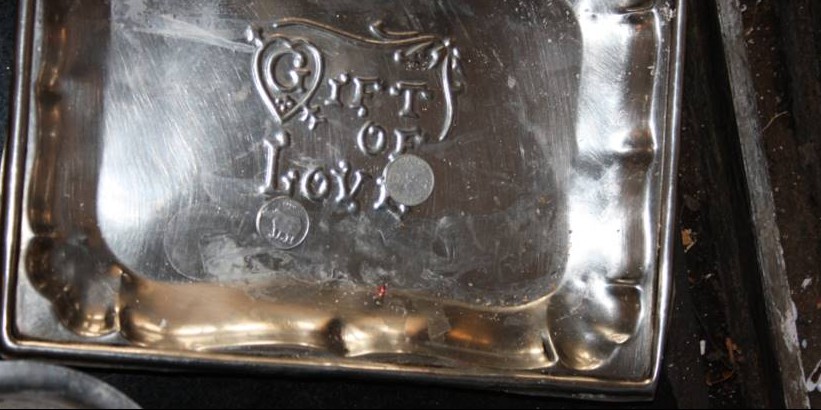
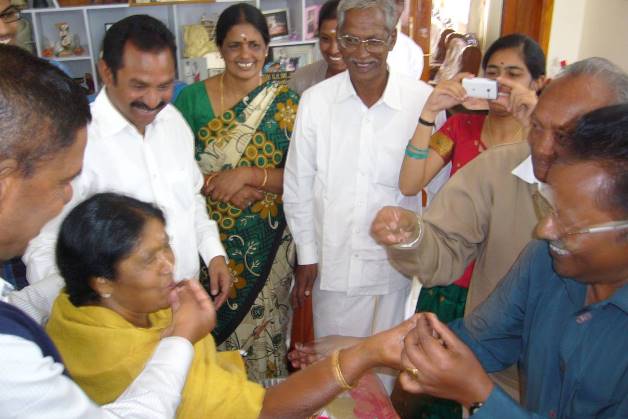
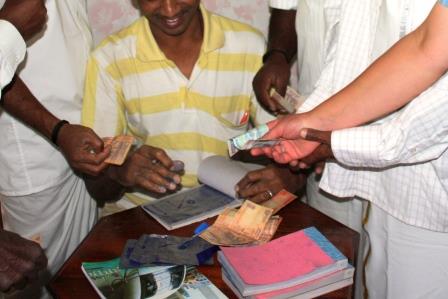
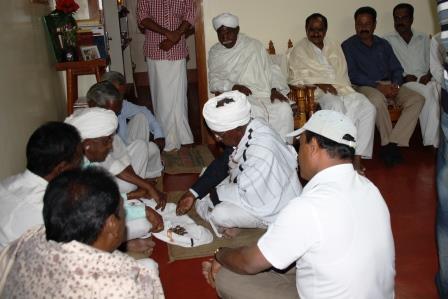
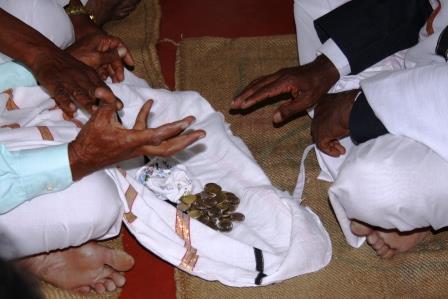
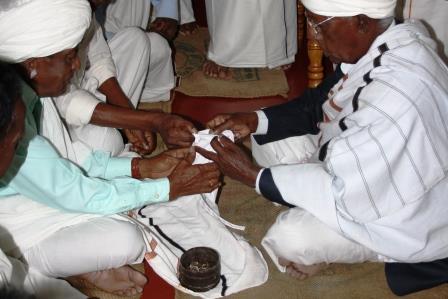

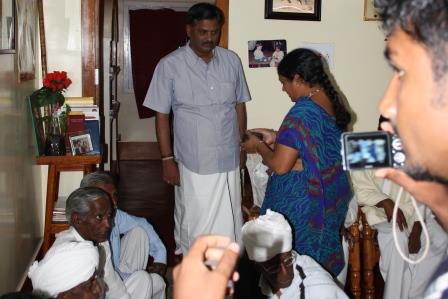
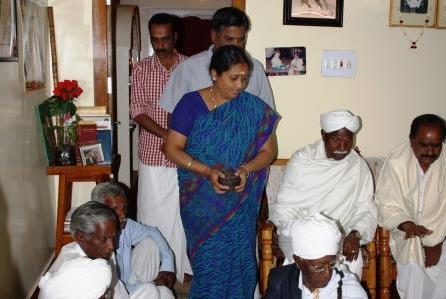
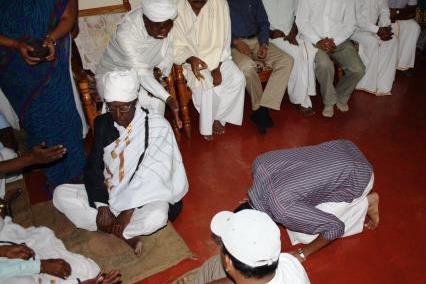
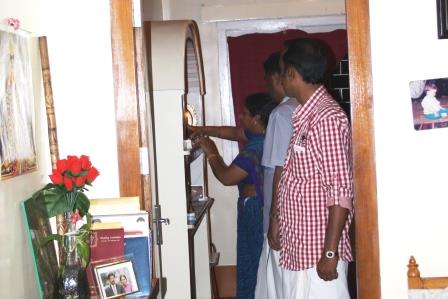
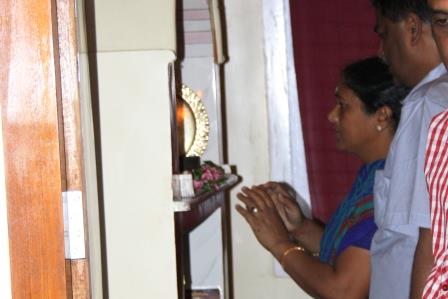

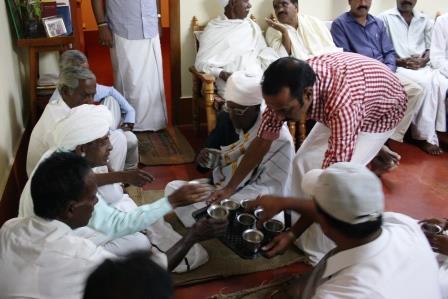
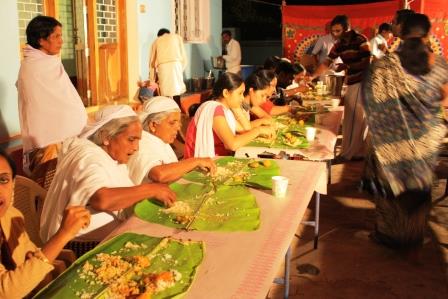

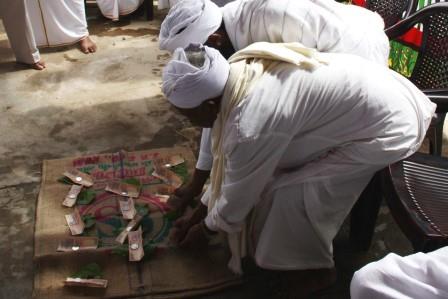

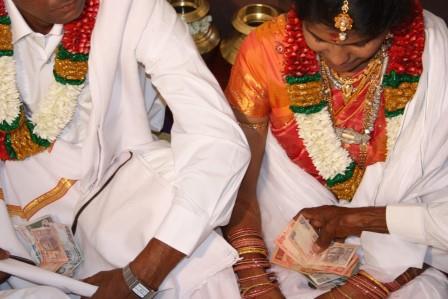
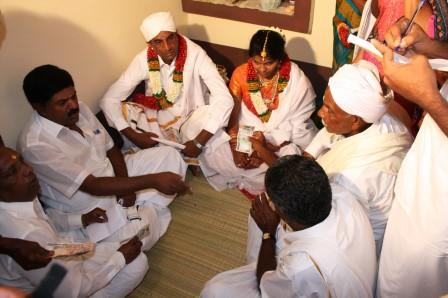


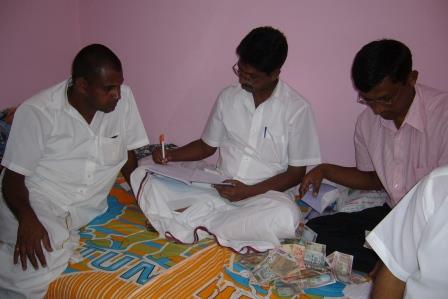

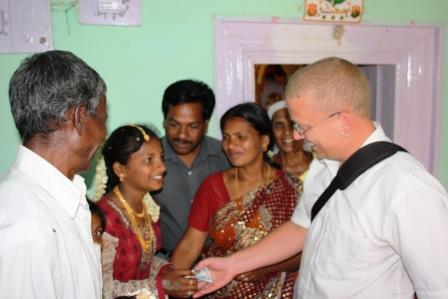

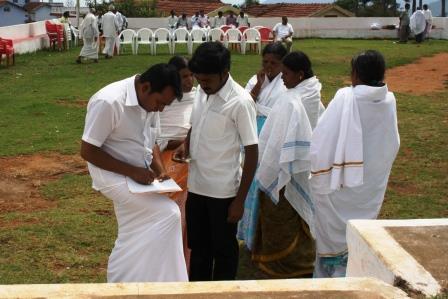
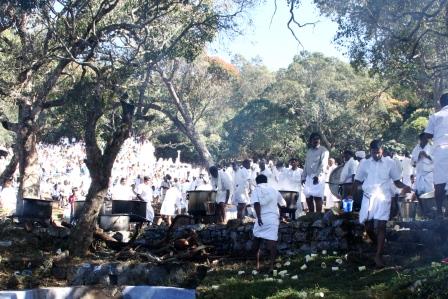
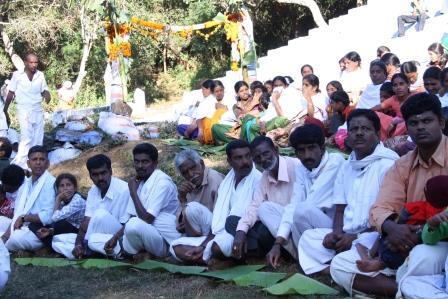
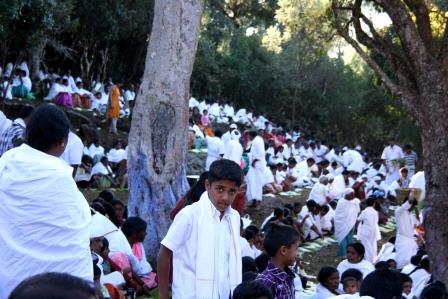
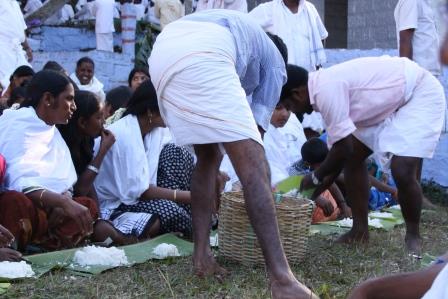

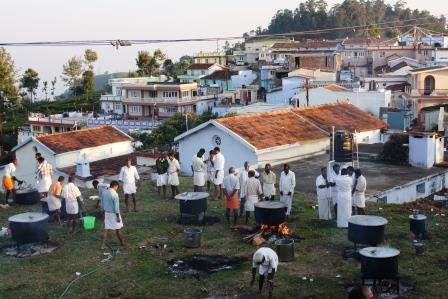

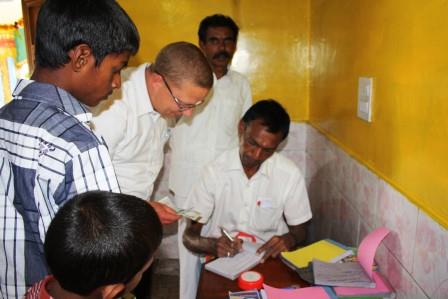

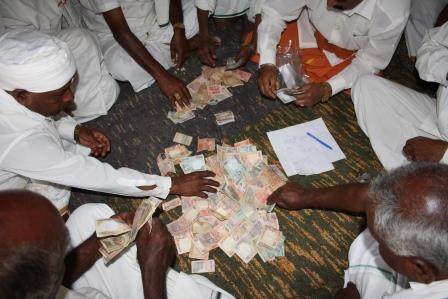

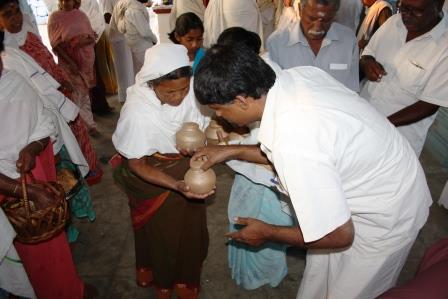
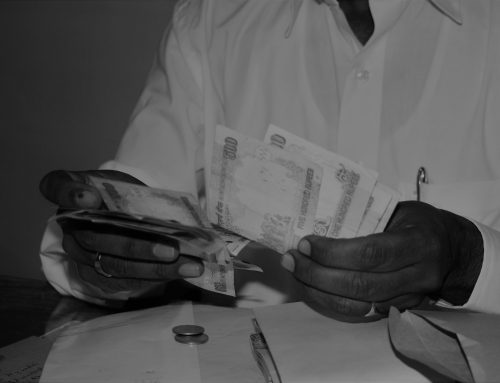
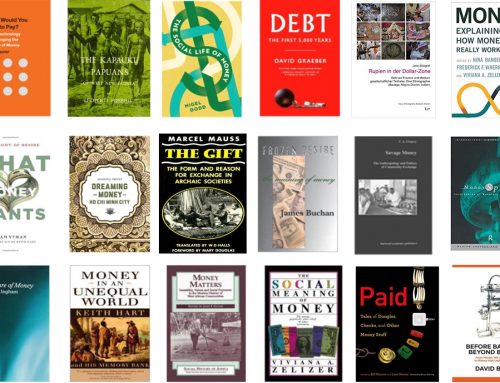
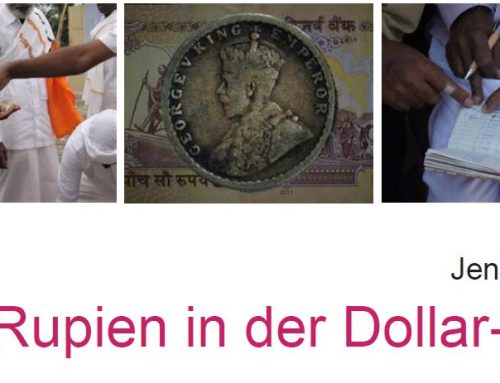

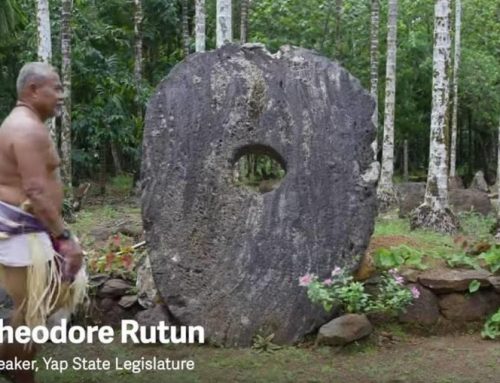
whoah this blog is excellent i love reading your posts. Keep up the great work! You know, a lot of people are searching around for this information, you could help them greatly.
What a nice blog! Thanks for the intelligence!